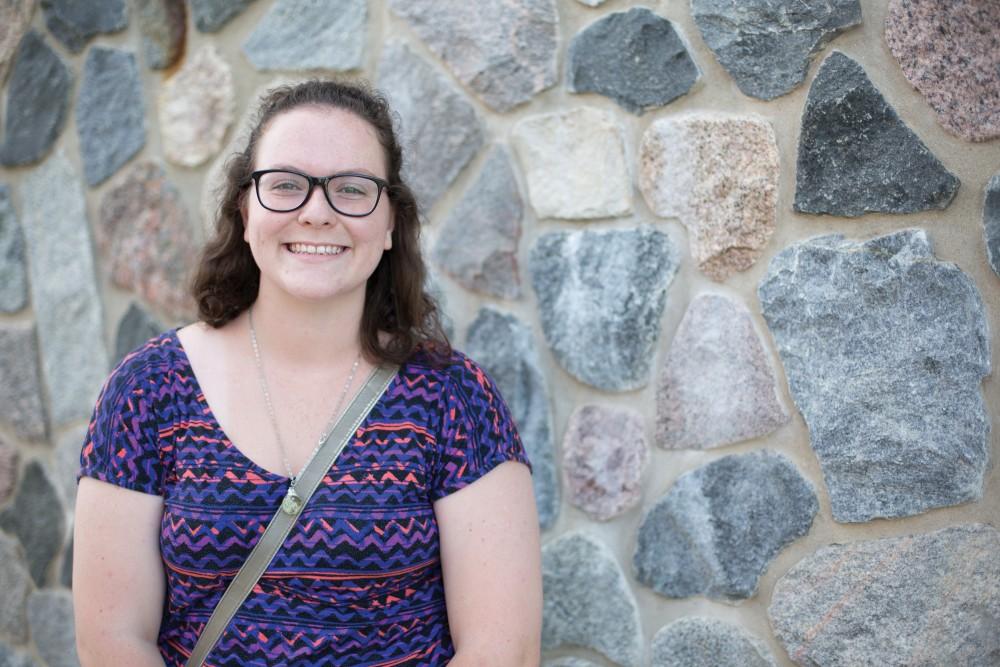Navigating India: Week two
Sep 17, 2015
Our second week in India started out in Kumily, a tourist town in the Western Ghats, which mark Kerala’s western border. Enjoying a jeep ride up and through the mountains, we visited the neighboring state of Tamil Nadu. We saw sprawling tea plantations and miles of mountains and sky.
One night, we saw traditional martial arts and a traditional Kerala dance called Kathakali, which typically involves storytelling of the Mahabharata and the Ramayana, the old Hindu epics. People in elaborate dress tell the stories through gestures with the aid of music, but no words are used. For me, it was impossible to understand, even with an explanation at the beginning, yet it is still beautiful and intriguing to see such an important and traditional part of another culture.
Following our time in Kumily, we spent a night in Athirappilly where we hiked to the bottom of one of the largest waterfalls in Kerala and spent the night in a homestay with a guru. It was a traditional Kerala home in the forest, one of the most peaceful places I’ve seen on our trip. There is an inexplicable, deep, comforting happiness that comes with such a oneness with nature.
The beginning of the week was a stark contrast to the city life of Kochi, where we ended our trip. Kochi is a large port city along the Arabian Sea. We learned of some of the history behind Kerala through a museum and spent time shopping, or being solicited, rather, and watching sunsets over the water.
Kochi is a more Westernized city, and the shopping mall felt almost like we were back in the U.S. That is arguably the most wonderful part about India, though. While being Westernized, it has clung to its Eastern roots. You can look one direction to see pizza places and shopping malls and feel as if you are in the U.S. and then turn around to be struck by Hindu temples and auto rickshaws, reminding you that you are, in fact, on the opposite side of the world. Tradition and modernity do not seem to clash – rather, they mold together, creating something new and beautiful, and although often Western, distinctly Indian.
On Sept. 12, we made our way slowly but surely back to the Unity House, our home in Thiruvananthapuram for the next three months. The Unity House is a home that is owned by the college we are attending and run by a Catholic priest. It is a home intended for girls who are in extreme poverty. They live here so that they can have a bed, three meals a day, learn life skills and learn English. This enables them to more easily find jobs when they are old enough and to pull them out of the cycle of extreme poverty. We are staying in the guest rooms of this house, and the girls are thrilled to have us here. As soon as they saw us at breakfast, all around us there were big grins, murmurs of excitement and echoes of “Good morning!” It is only our first day here, but I already know that in three months’ time, when I have to leave, my heart is going to break.


























